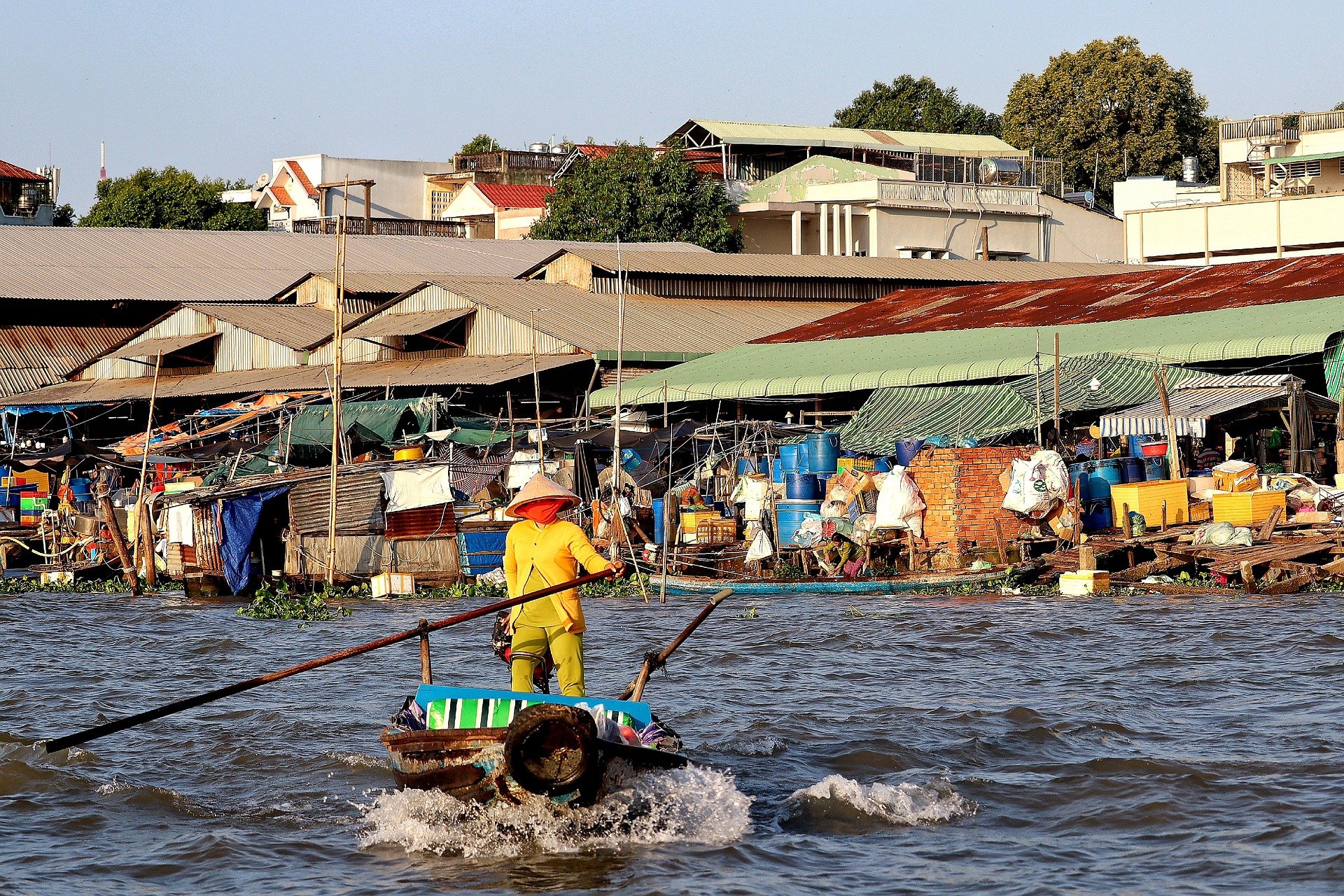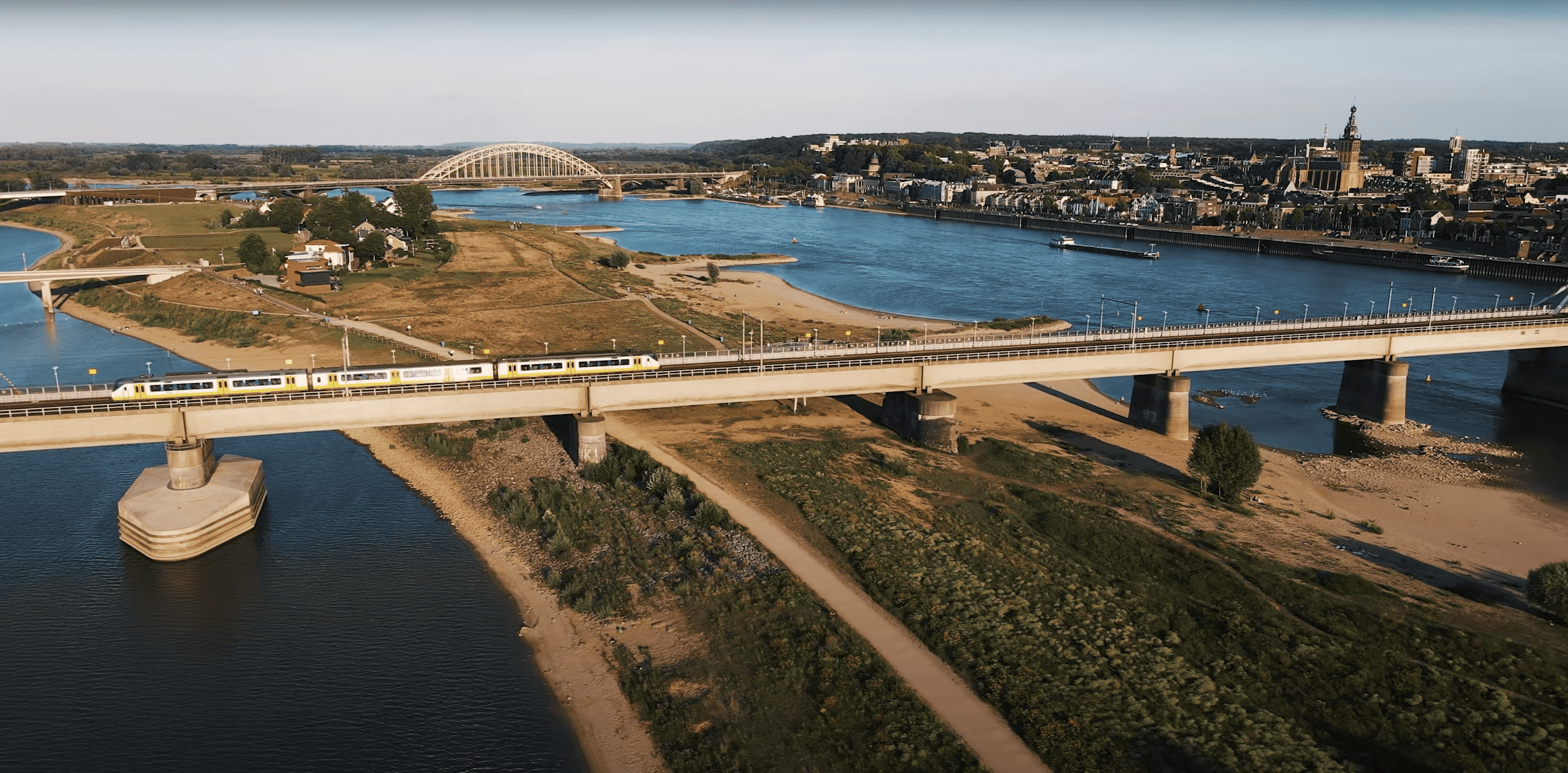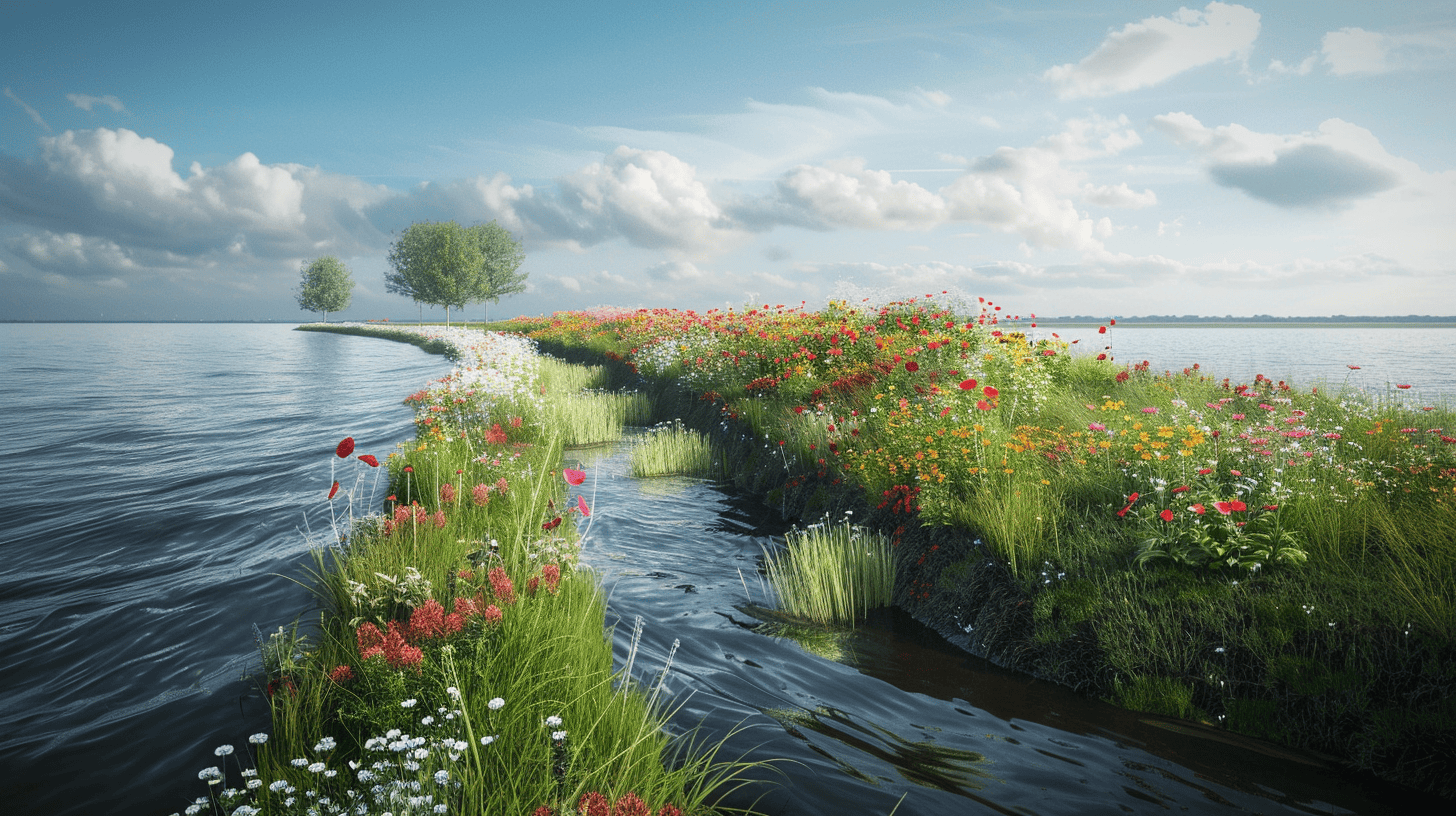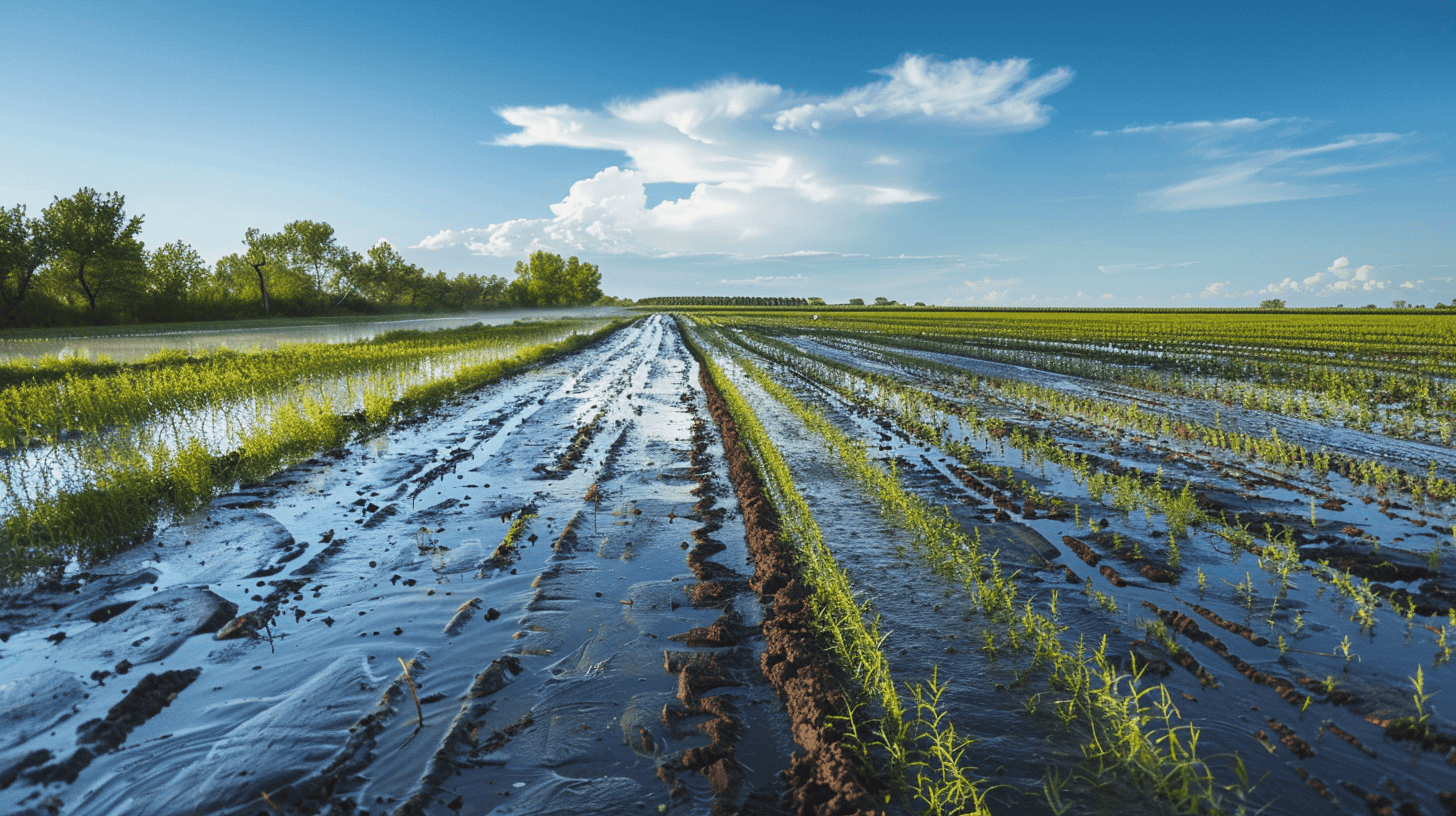
Researchers from the Dutch universities of Wageningen and Utrecht recently conducted a major modeling study into flood risks up to the year 2050 in Vietnam’s Mekong Delta. These flood risks are due to rising sea levels in combination with soil subsidence. Their research clearly indicates that if nothing is done, the approximately 18 million inhabitants of this area will have a formidable problem, and the nearby metropolis of Ho Chi Minh City (formerly Saigon) will also be at risk.
According to the researchers, the Dutch business community is definitely in a good position to come up with solutions for this river delta, but also for other areas.
This is what Philip Minderhoud, assistant professor at Wageningen University and one of the lead authors of the study ‘Sedimentation strategies provide effective but limited mitigation of relative sea-level rise in the Mekong’ delta, states in an interview.
River silt
Minderhoud – who specializes in the causes and dangers of soil subsidence in coastal areas – explains that in the Mekong Delta, several factors are to blame for the growing flood risk. One of the most important reasons is that there is much less sediment (silt) left behind than there was in the past, which is why the soil is sinking faster.
Many deltas owe their existence to thousands of years of sedimentation. But with the arrival of humankind, that has all changed. In Vietnam, as was the case in the Netherlands in the past, a lot of land along the rivers is being reclaimed and used for agriculture and habitation. When heavy buildings are erected on that land and groundwater is extracted for agriculture, industry and the supply of drinking water, the soil automatically caves in.
“In some deltas such as the Mekong, that soil subsidence is happening incredibly fast,” says Minderhoud.
This in itself is very distressing. It means that the land is lying lower in relation to the sea, which increases the risk of flooding. Moreover, soil subsidence causes all kinds of economic damage, such as crooked houses and broken streets.
Relative sea level rise
Added to this, of course, is the fact that sea levels are rising as a result of global warming. Minderhoud speaks of “a relative rise in sea level”. If the sea level rises and the ground collapses, you have a two-pronged problem. This doesn’t just apply to the Mekong Delta. It is happening all over the world.

According to Minderhoud, one of the most dramatic situations is currently in the Indonesian capital, Jakarta, where in some parts of the city the soil is subsiding by 15 to 20 centimeters per year. The effect works sort of like a bathtub. From one side, the river has difficulty releasing its water into the sea because it is rising. On the other side, the sea prefers to flow inland as the land is lower. The result is that Jakarta, with its more than 10 million inhabitants, is in danger of being submerged.
Model calculations
Minderhoud and his colleague Frances Dunn looked at different scenarios for the Mekong Delta, for example, the extent of sea level rise and the amount of sediment left in the delta.
Building dikes and water pumping stations everywhere as is done in the Netherlands makes no sense, in his opinion. The Mekong Delta does resemble the river delta in the Netherlands in many ways. However, there is one major difference: the Netherlands has had centuries to respond to flood hazards with dikes, locks and windmills that pump water away. “In Vietnam, those processes are happening much faster, at the rate of several centimeters per year. That means that providing protection with dikes alone would probably be far too costly.”
On top of that, the Mekong Delta is much larger than the Rhine Delta. After the Ganges-Brahmaputra Delta – which flows into the sea near Bangladesh and India – it is the largest river delta in the world. Other solutions will therefore have to be sought, wherein, Minderhoud believes, innovative Dutch hydraulic engineers can play a major role.
Giving the river plenty of room
One solution is better use of sediment brought in from inland areas. Minderhoud explains that a lot of dams have been built upstream in recent decades, which means that less sediment is reaching Vietnam. The sediment is also held back by dikes and other barriers.
One promising way to combat soil subsidence is to give the water more space again in certain places along the Mekong. This leaves more silt behind that can be used to raise the river bed.

Also, in order to increase the amount of silt in the river, it is important to work with other countries along the Mekong to figure out where to build dams and where not to. Fortunately, that’s already happening more and more within the Mekong River Commission (MRC). “That’s a commission in which, in addition to Vietnam, the upstream countries of Laos, Cambodia and Thailand are also represented. Only China is missing. These nation states are working together to improve river management.”
Furthermore, it could help if farmers in the Mekong Delta were smarter about how to use organic waste material that is left over after the harvest. That can also be used to raise the level of the soil. The same applies to a more cautious use of water, especially groundwater. The pumping up of groundwater is the main cause of subsidence in many deltas. Lastly, consideration can be given to building lighter buildings. After all, the more weight there is, the further the land will sink.
Dutch engineers
It is, in the view of Minderhoud, obvious that Dutch engineers will do their part in defending the Mekong and other deltas against rising water in the years ahead. They are already doing this to some extent.
Minderhoud maintains that you have to think mainly in terms of two directions. Firstly, the Netherlands has a lot of experience in the efficient use of fresh water resources and sustainable groundwater management. Secondly, many Dutch engineering firms are active in the fields of infrastructure, water and the environment.
“Consider, for example, consultants such as Royal Haskoning DHV and Arcadis and research institute Deltares,” says Minderhoud. These are all companies and institutes with experience in developing sustainable delta plans together with local governments.”
Brackish water
“Then there are the innovative start-up-type companies that are working on specific parts of water management such as observation from space with satellites, or building water basins,” says Minderhoud. “That’s what Deltares is good at, for instance.”
Neither should plant breeders be forgotten, those who can develop crops that are more resistant to brackish water. In fact, this is also a development that is taking place in the delta. The higher the sea level is and the lower the land, the more seawater penetrates it, with all the consequences this has for the salinity of agricultural land.
Follow-up
According to Minderhoud, his research work with Frances Dunn can be seen as a preliminary study that companies and the Mekong countries can further build on. The Dutch embassy in Vietnam is already helping to establish contacts and is also actively engaged in passing on the scientific research to companies.
Also interesting: Risks from contaminated water are avoided thanks to new technologies









